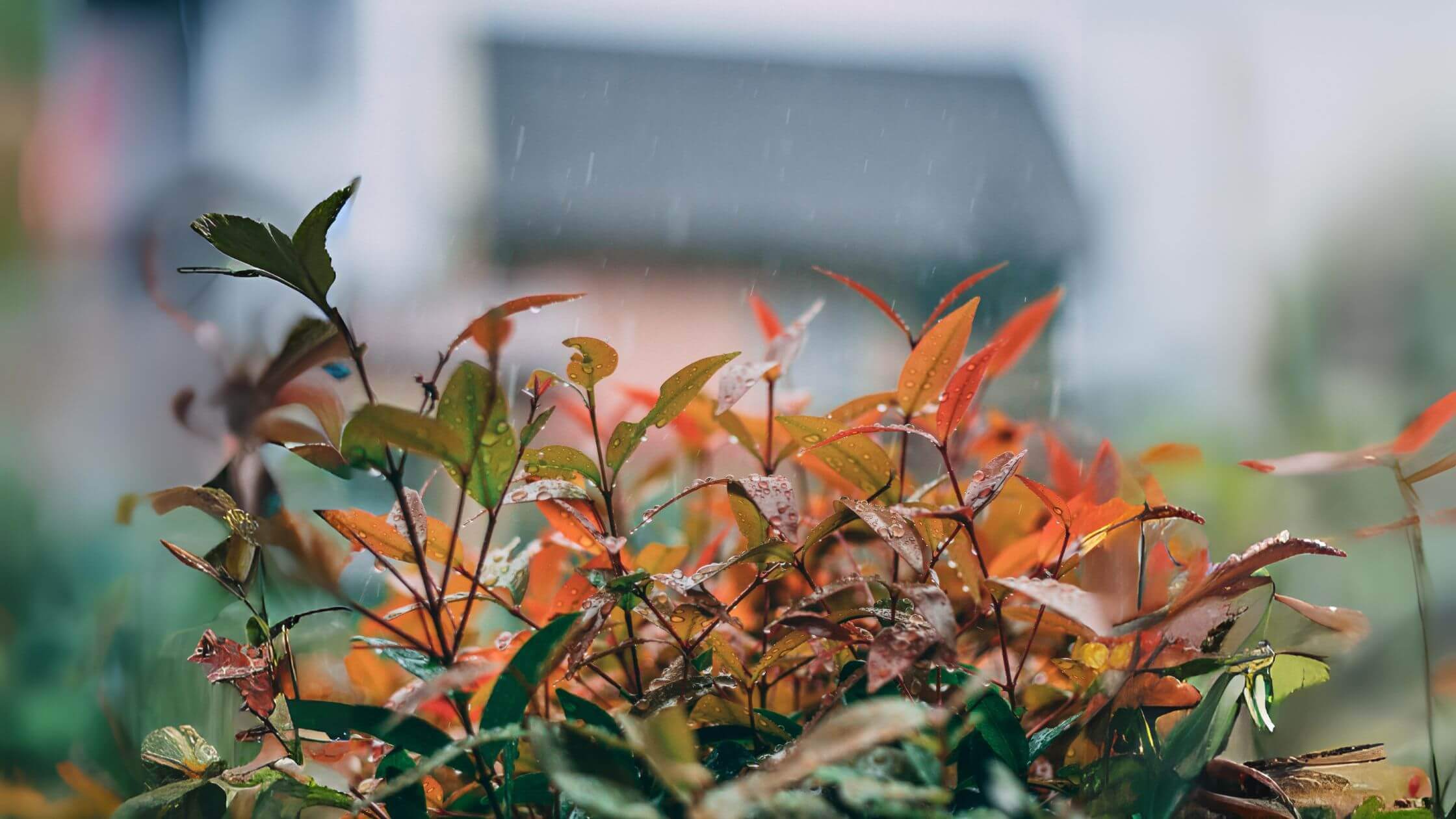La Niña, a climate phenomenon characterized by cooler-than-average sea surface temperatures in the central and eastern Pacific Ocean, during summer is an integral part of the El Niño-Southern Oscillation (ENSO) cycle. La Niña, often referred to as el niño means ‘el viejo’ or la niña means ‘the old man’ in Spanish, is the opposite of El Niño and plays a crucial and important role in climate variability, influencing weather patterns across the globe during summer. El Niño means ‘The Little Boy’ or ‘Christ child’ in Spanish and the event was first recognized by South American fishermen as periods of unusually warm water or more cold water species or cold and warm water both in the Pacific Ocean, typically arriving around December.
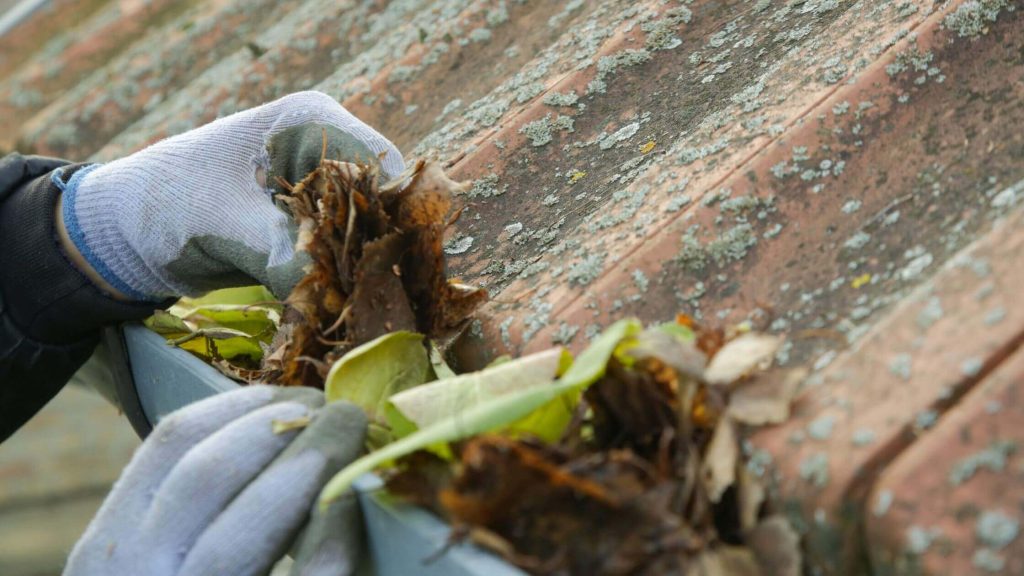
As weather patterns become increasingly unpredictable due to climate change, it’s essential to equip ourselves and our homes for potential impacts of the wetter weather. La Niña, a climate phenomenon characterized by cooler than average sea surface temperatures in the central and eastern tropical Pacific Ocean, often brings about distinct weather changes, more rain, particularly an increase in rainfall in certain regions. This wetter weather, exacerbated by La Niña and climate change, highlights the importance of preparing for such wet weather conditions to ensure the safety of your family, property, and belongings. To safeguard the protection of your home and family during this period, it’s prudent to take proactive measures to prepare for the potential onslaught of wet weather. Additionally, reviewing your home insurance policy, to ensure adequate coverage against potential water damage is crucial.
Harnessing Opportunities
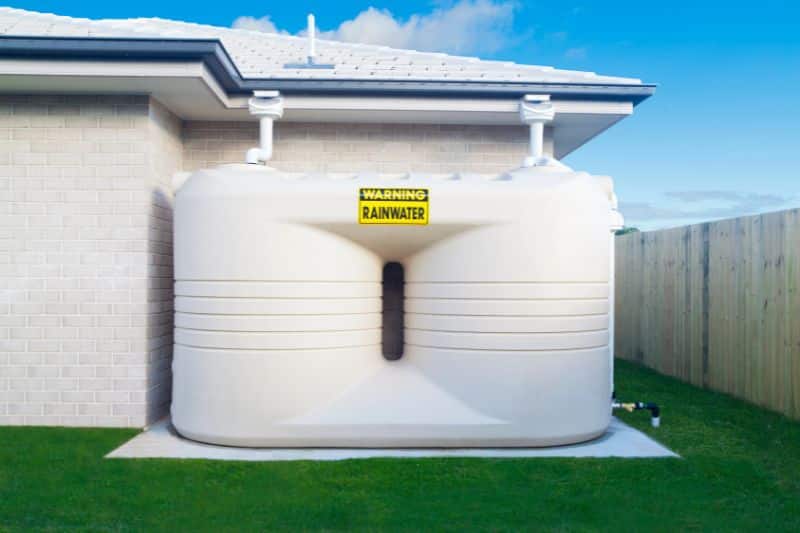
1. Water Management: Increased rainfall associated with La Niña presents an opportunity to capture excess water through rainwater harvesting systems or recharge groundwater aquifers.
2. Renewable Energy Generation: Utilizing hydropower during summer periods of heavy rainfall and increased precipitation offers an opportunity to expand renewable energy production.
3. Fisheries Sustainability: The warm water nutrient-rich upwellings triggered by La Niña support thriving fisheries by boosting productivity within marine ecosystems.
Weather Pattern Effects
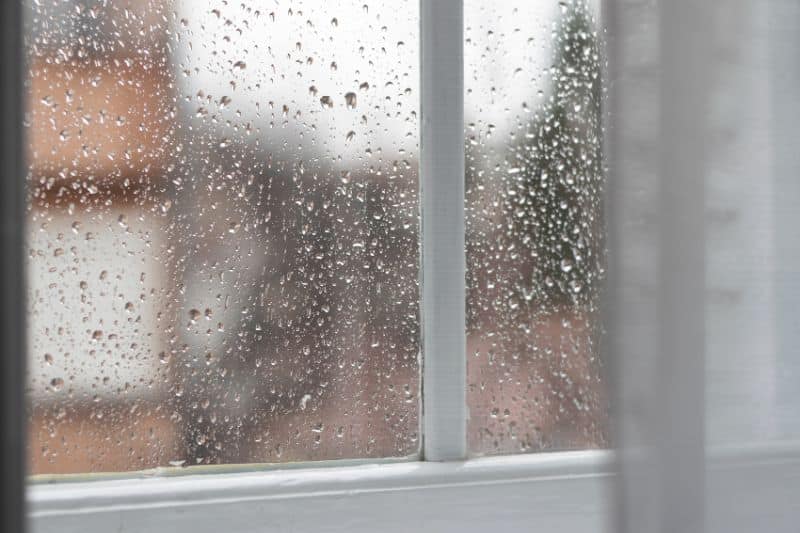
Impacts on precipitation, sea surface temperature and, and the risk of extreme weather events La Niña affects patterns of rainfall, atmospheric pressure, and global atmospheric circulation, leading to changes in climate for many areas worldwide. El Niño has a substantial impact on our weather patterns, causing elevated ocean temperatures to shift the Pacific jet stream.
The National Oceanic and Atmospheric Administration (NOAA) has issued an El Niño Advisory, indicating the current risk of occurrence of El Niño conditions and their potential impact on global weather patterns. These changes in weather patterns are often referred to as climate anomalies.
PAGASA has declared the start of the rainy season. So, it’s time that we get our houses ready for La Niña 2024. Here’s how:
1. Know your risks.

Check if the area you live in is prone to flooding, landslides, and/or strong winds. Familiarizing yourself with these risks will help you prepare more efficiently.
2. Create an emergency plan.
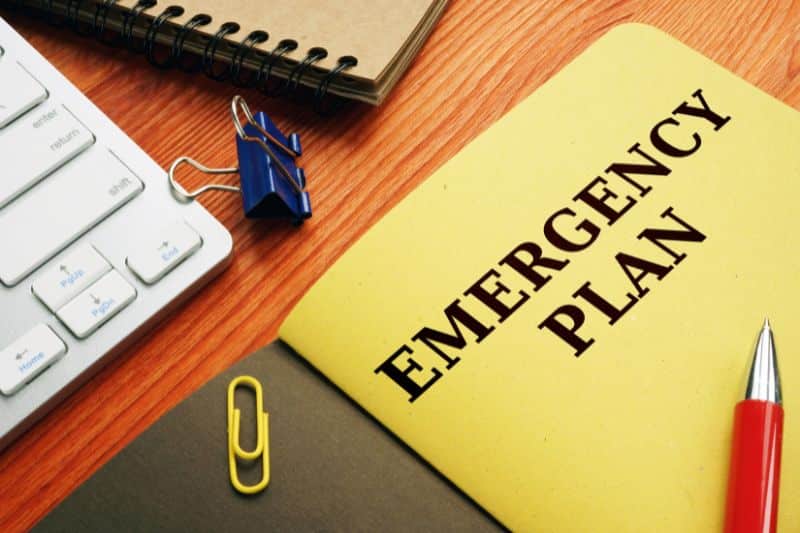
Develop an emergency plan that plots local evacuation routes and the nearest evacuation centers. Moreover, make sure your family knows about this and that you have emergency contact numbers.
3. Prepare a “go bag.”
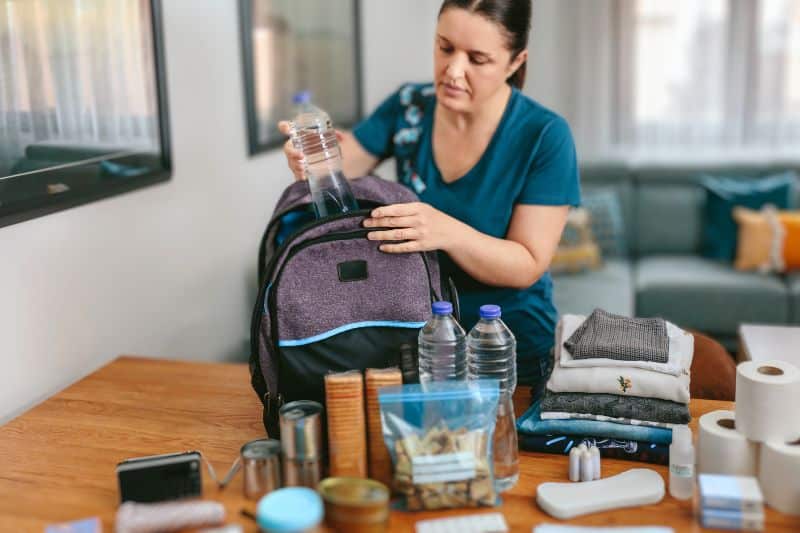
Your “go bag” should contain the essentials. This includes food, water, medicine, important documents, a battery-powered radio, flashlights, and extra batteries.
4. Inspect and repair your home.

Check your garage and roof to make sure the roof above it is free from leaks. Regular maintenance is crucial in preventing significant issues, such as flooding, especially during heavy rain. Make sure your doors and windows are secured, too!
5. Stay informed.
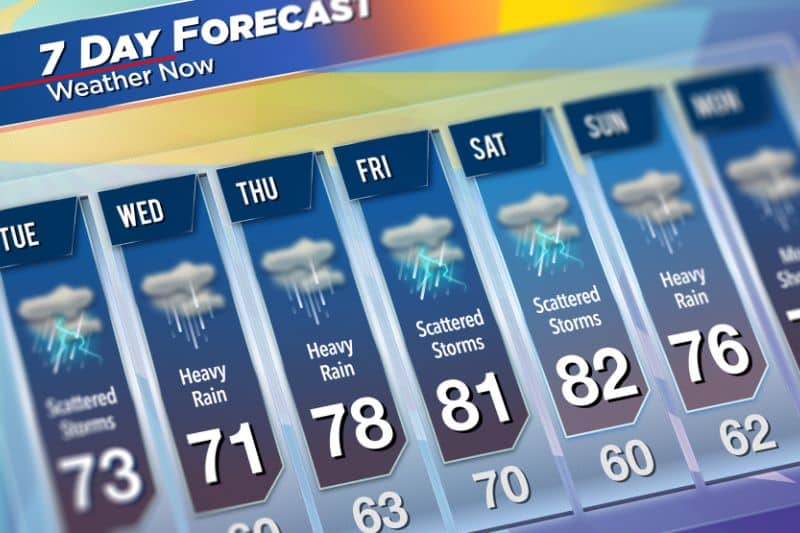
We encourage you to follow La Niña 2024 updates, whether they’re from PAGASA or your local authorities. But if a serious storm or power outage occurs, use a battery-powered radio or your phone to tune in!
READ: El Niño 2024: How To Keep Your Home Safe
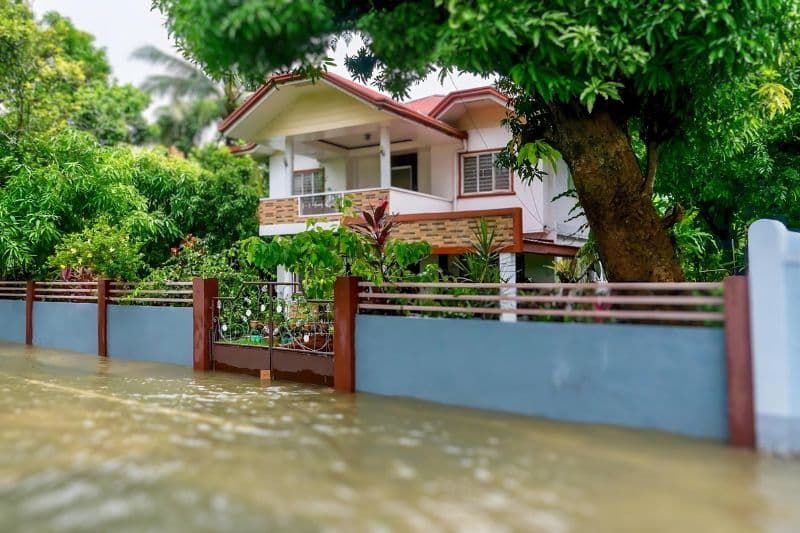
6. Avoid flooded areas.
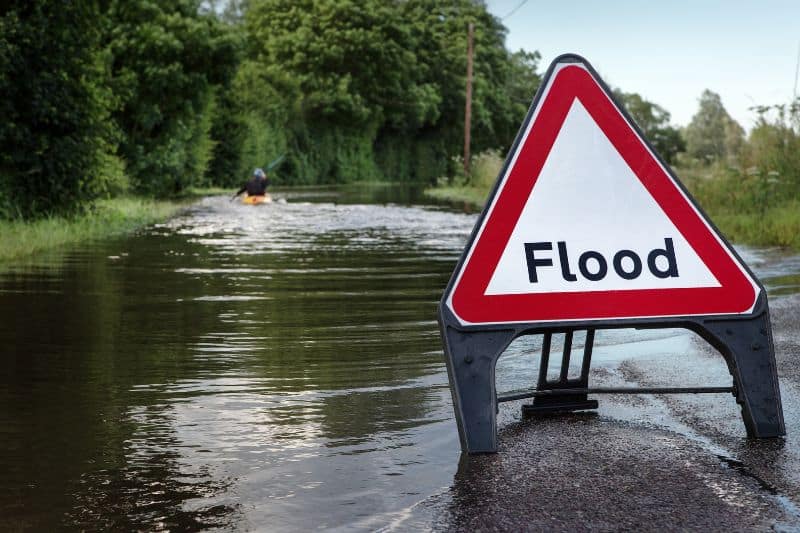
If you’re outside, listen up! Don’t walk or drive through flooded or storm in areas, especially in low-lying areas. It also helps if you’re aware of the local flood and storm-prone zones where you live.
7. Keep utilities safe.
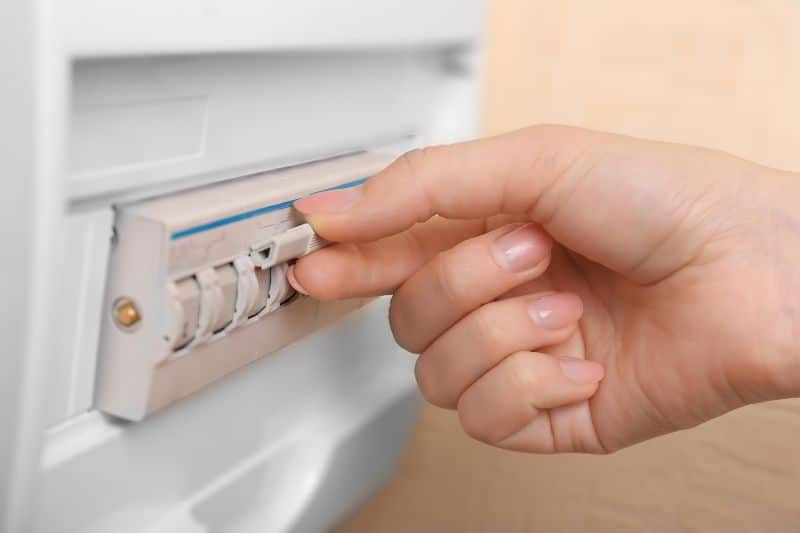
It’s best to switch off your gas, electricity, and water either during storm, flooding, as instructed or if the property of your house or property is damaged. Similarly, avoid using electrical appliances if the storm or flood has gone inside the roof of your property.
8. Elevate important items.
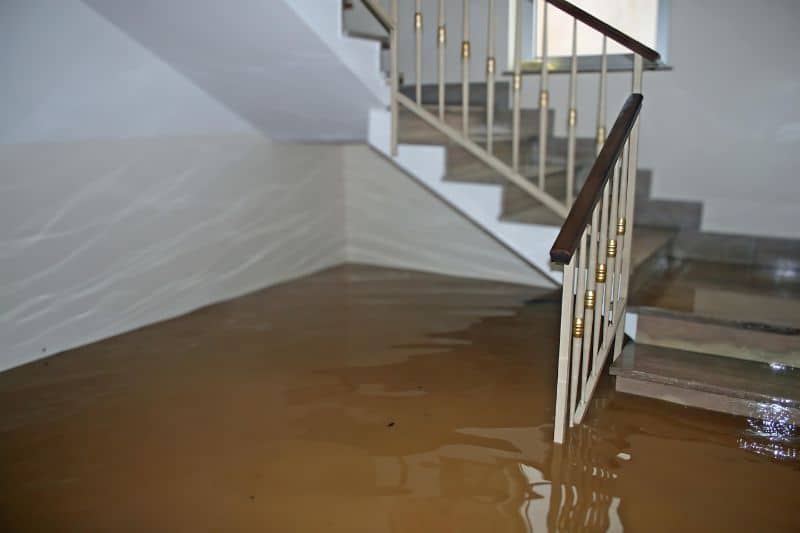
Move valuables, gadgets, and important documents to higher ground areas. This will protect them and mitigate damage to property, from potential flooding inside the house.
9. Inspect for damage.
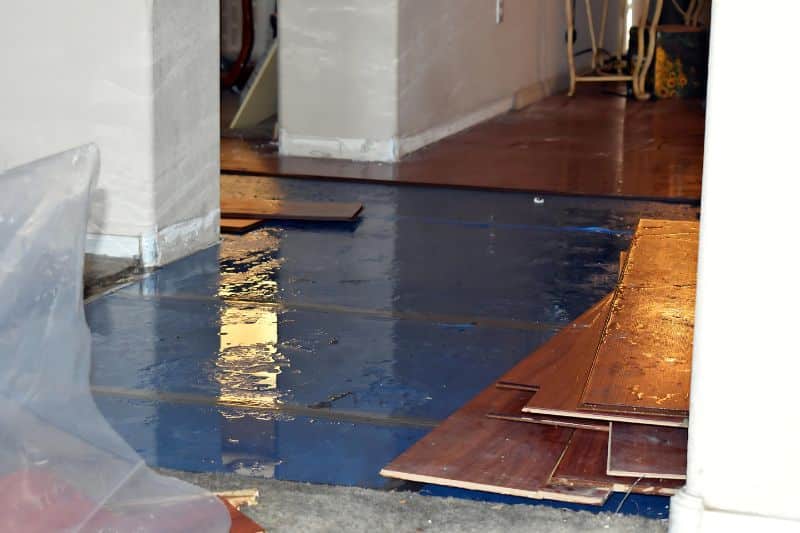
When it’s safe, check around the house for damage. Look out for structural roof and window damage, electrical issues, and signs of water damage.
10. Clean up!
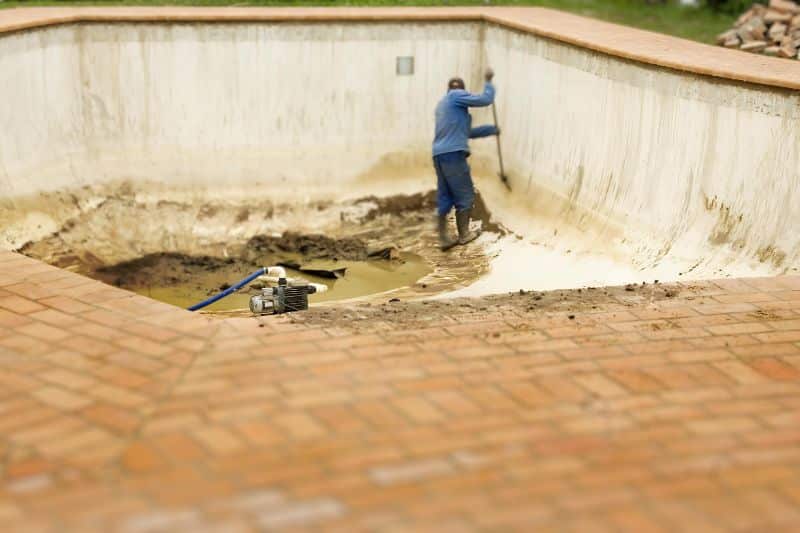
Clean up any debris and contaminated water in your pool or area. For the former, this will help avoid any physical injuries. And for the risk of the latter, this will prevent you from contracting diseases like leptospirosis and dengue.
Essential Steps for Heavy Rain and La Niña Preparation

Monitor Weather Updates:

Stay informed about weather conditions by regularly checking weather forecasts and alerts. Many regions offer weather notifications through local news channels or weather apps. Being aware of upcoming storms can help you take timely action to protect your home and family.
Inspect and Reinforce Your Roof and Gutters for Heavy Rain:
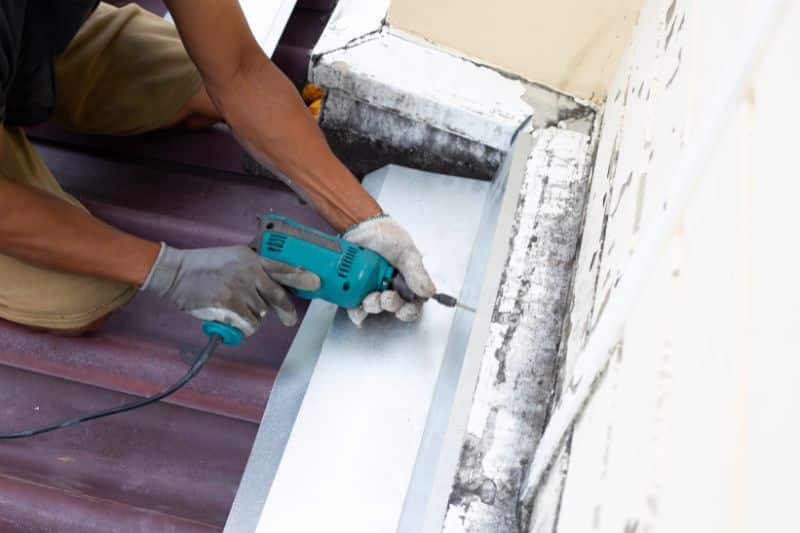
Your roof and gutters are your first line of defense against heavy rainfall. Inspect your roof for any loose or missing shingles, as these can lead to leaks during storms. Clear gutters and downspouts of leaves and debris to prevent blockages and ensure proper drainage. Consider installing gutter guards to keep water damage prevent clogging, which can cause water to overflow and potentially damage your home’s foundation.
Check and Maintain Drainage Systems:
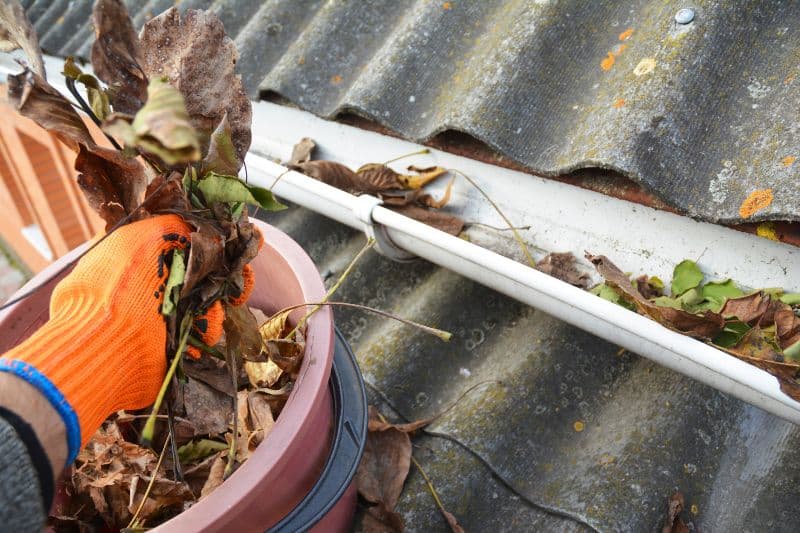
Proper drainage around your home is crucial during periods of heavy rain. Flood and water damage, can be a significant risk in areas prone to flooding, making it essential to have proper drainage systems in place to keep flood damage and mitigate these risks. Ensure that your yard slopes away from the foundation to the ground to keep runoff and prevent water from pooling around the base of your house. Clear any debris from drainage ditches, culverts, and storm drains to facilitate and control the flow of water away from your property.
Seal Windows and Doors:
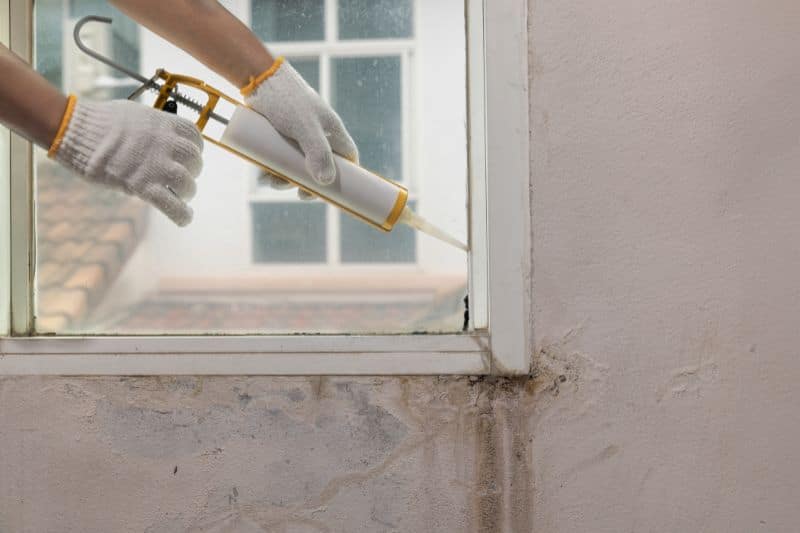
Leaky windows and doors can allow rainwater to seep into your home, causing damage to walls, floors, and furnishings. It is important to check for leaks or gaps around window frames and doors before the rainy season starts. Check for gaps and cracks around windows and doors, and seal them with weather stripping or caulking as needed. Consider installing storm shutters or reinforced glass to protect windows from strong winds and flying debris.
Inspect Sump Pumps and Waterproofing:
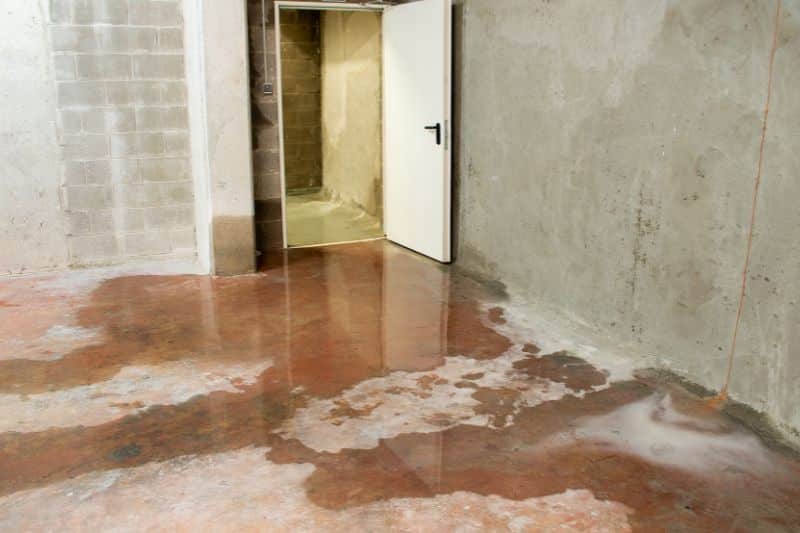
If your home has a basement or is prone to flood damage due to flooding, ensure that your sump pump is in good working condition. With the potential for more rain due to changing weather patterns this summer, it’s crucial to prepare for heavy rain and potential floods. Test the sump pump by pouring water into the sump pit to see if it activates properly. Additionally, consider applying waterproofing sealant to basement walls and floors to prevent water infiltration.
Secure Outdoor Items Against High Winds:
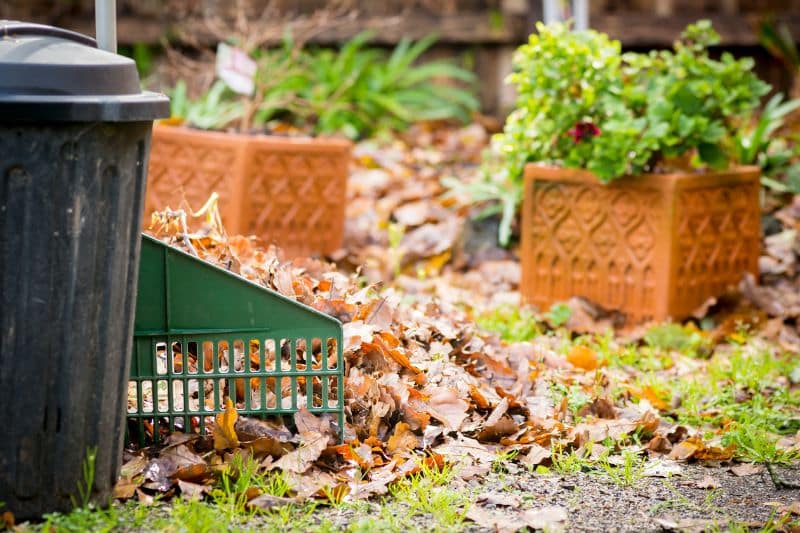
High winds accompanying La Niña can turn outdoor furniture, decorations, trees, and plants into projectiles. Anchor down or store outdoor items such as patio furniture, grills, trees and potted plants to the ground to prevent them from causing damage or injury during storms.
Stock Up on Emergency Kit and Supplies:
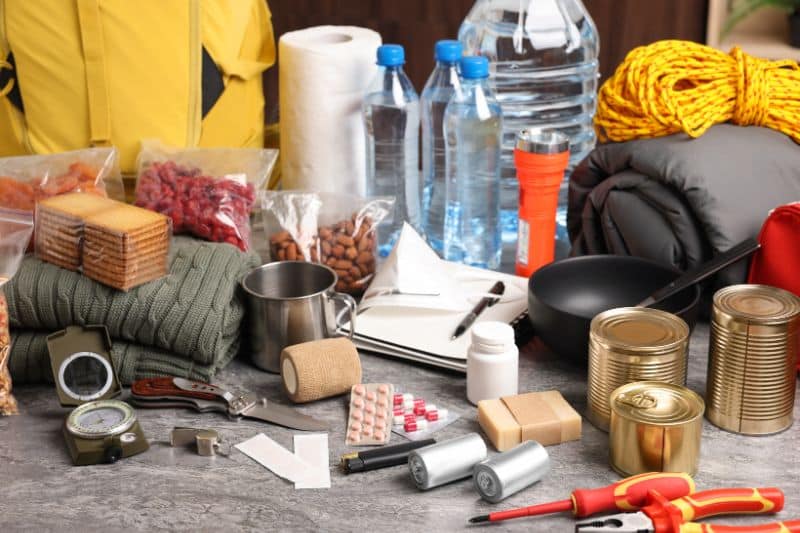
Prepare an emergency kit that includes essential supplies such as non-perishable food, water, flashlights, batteries, first aid supplies, and medications. It is crucial to have an emergency plan for your family that includes communication, evacuation, and gathering essential items. Keep important documents, such as insurance policies and identification, in a waterproof container or stored electronically. Additionally, consider your financial situation when preparing for emergencies to ensure you can manage any unexpected expenses and financial situation.
Consult Professionals:

If you’re unsure about the condition of your roof, foundation, or drainage systems, consider consulting with a professional like Happy Housekeepers, your partner in cleaning services. A home inspector or contractor can provide a thorough assessment and recommend necessary repairs or improvements.
Stay Informed:
Stay informed about weather forecasts and warnings in your area. It is crucial to keep your phone charged in case event of a power outage to ensure it remains functional during emergencies. Sign up for emergency alerts from local authorities and have a plan in place for evacuation or sheltering in case of severe weather. Know the evacuation routes and locations of emergency shelters in your community.
Additional Resources Bibliography and further reading on La Niña and El Niño and its impacts with these helpful resources from NOAA Climate. Discover how El Niño affects wildlife with these tips in this article from BBC Wildlife Magazine.
Read More: Worried Your Home Might Be Damaged by the Typhoon? This Guide Will Help You Navigate the Storm

